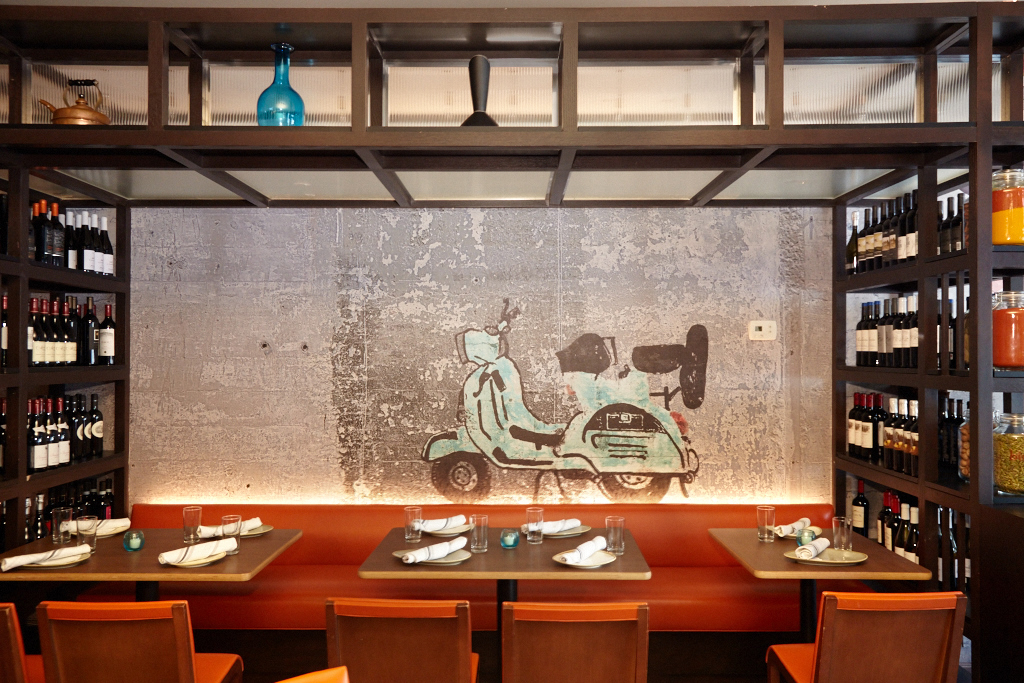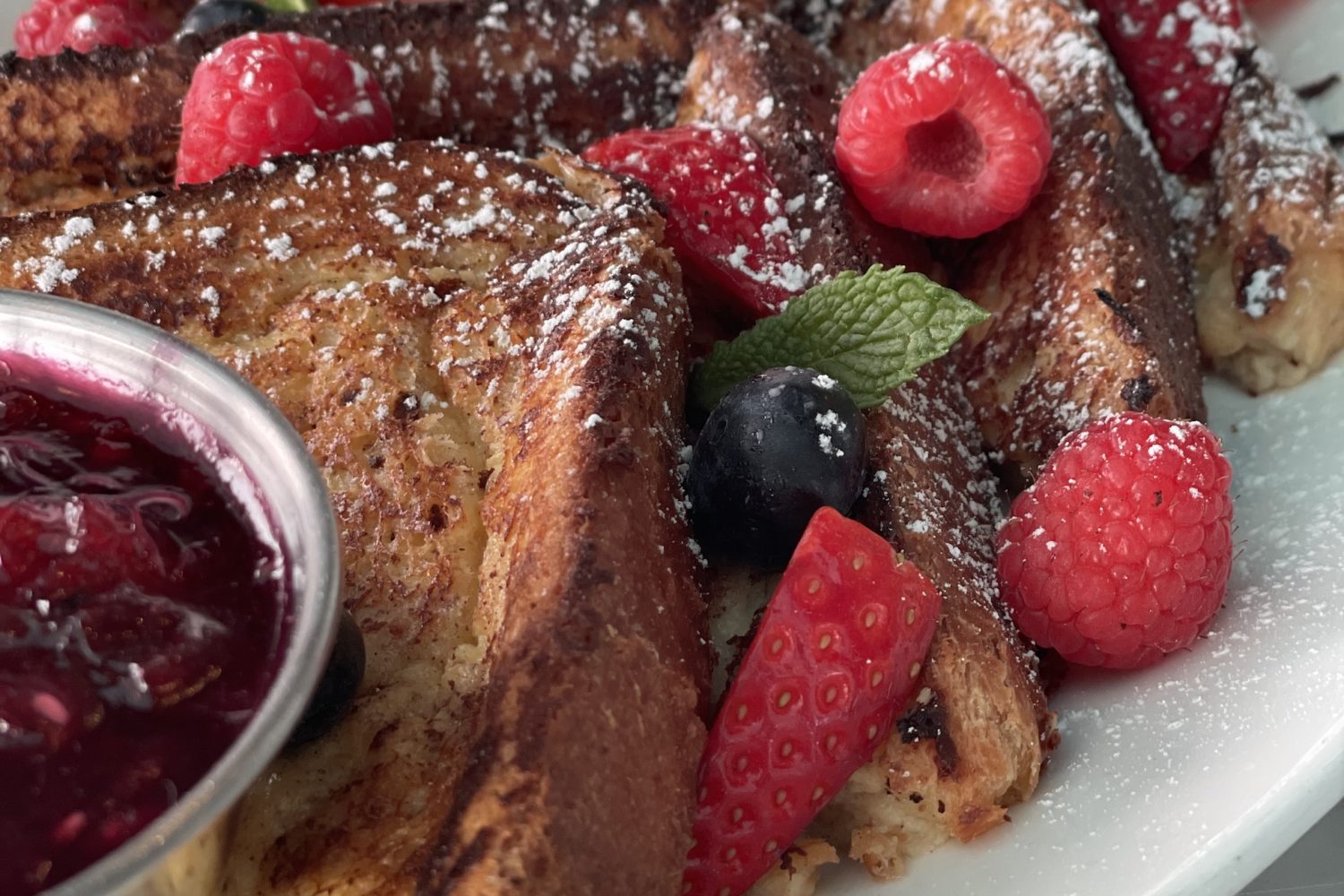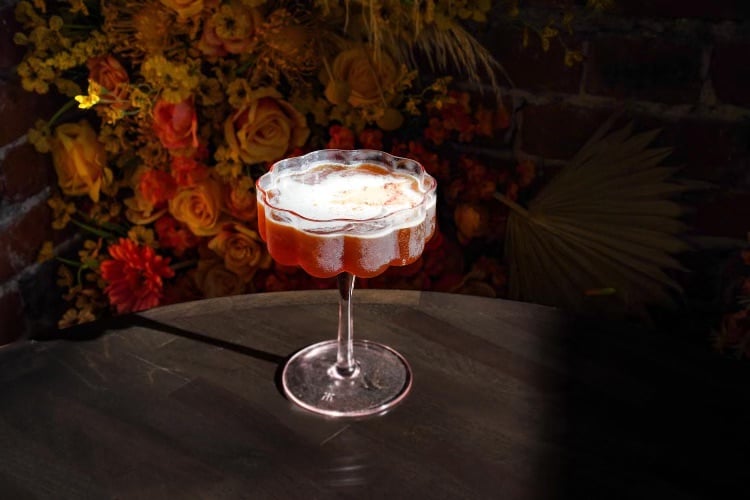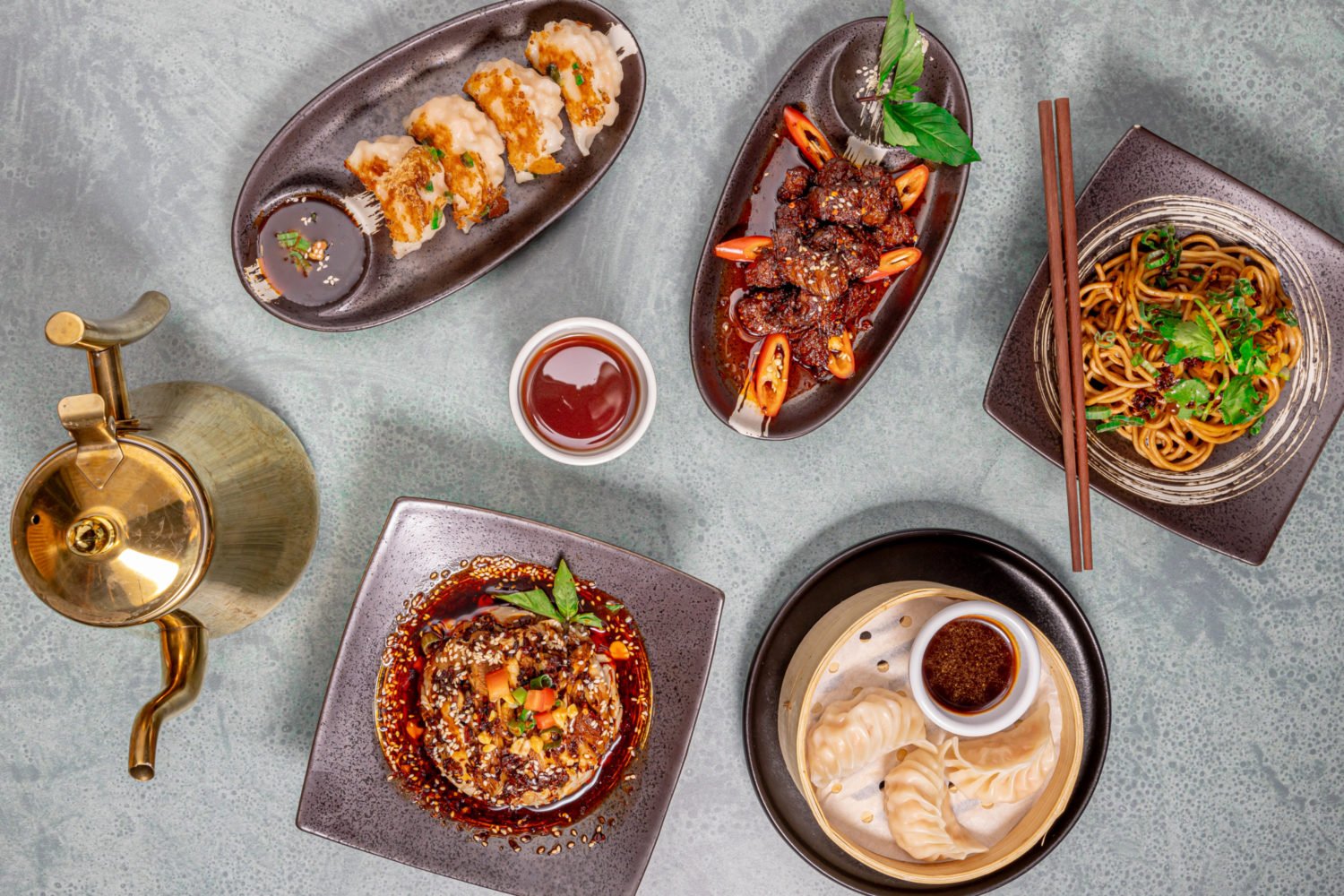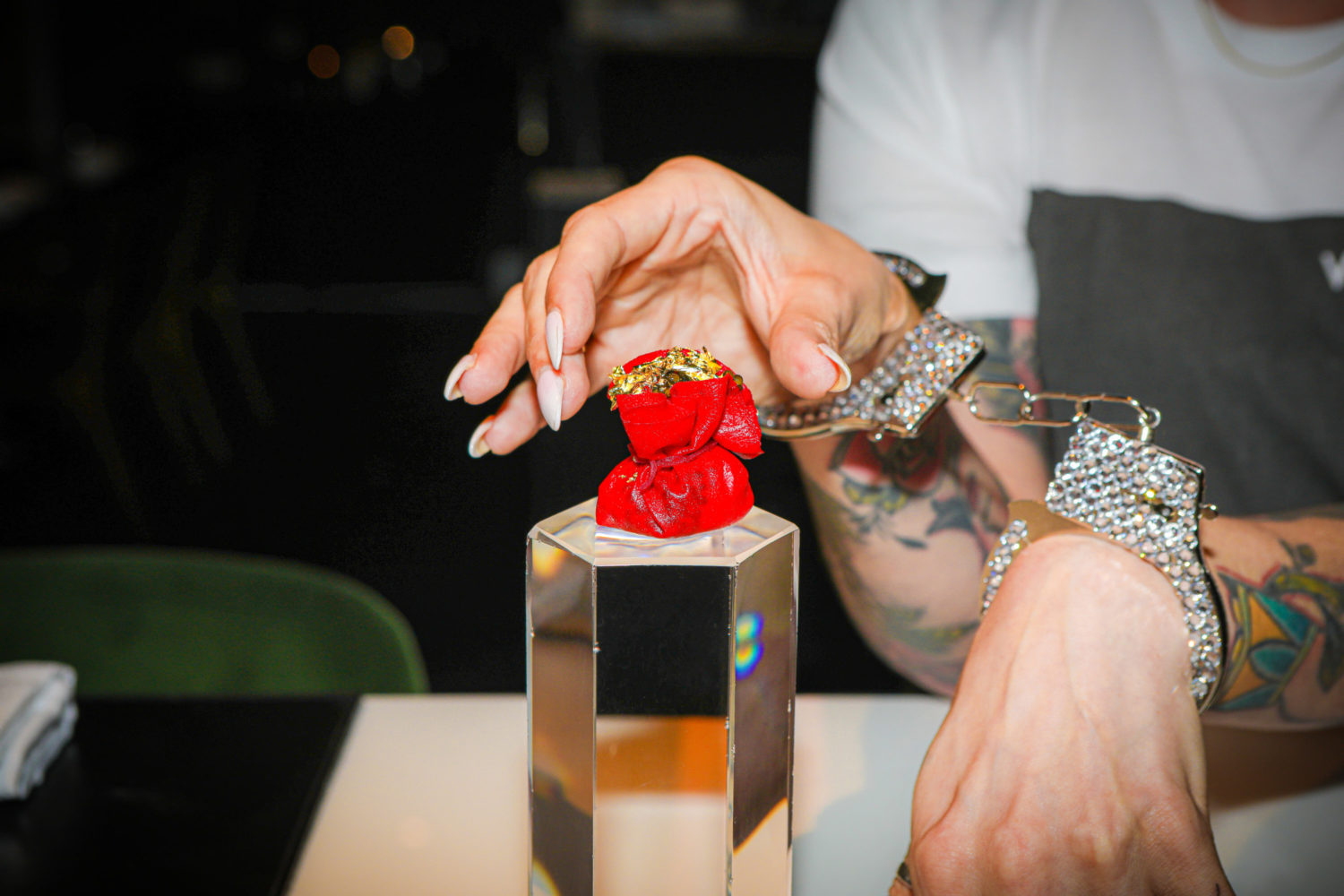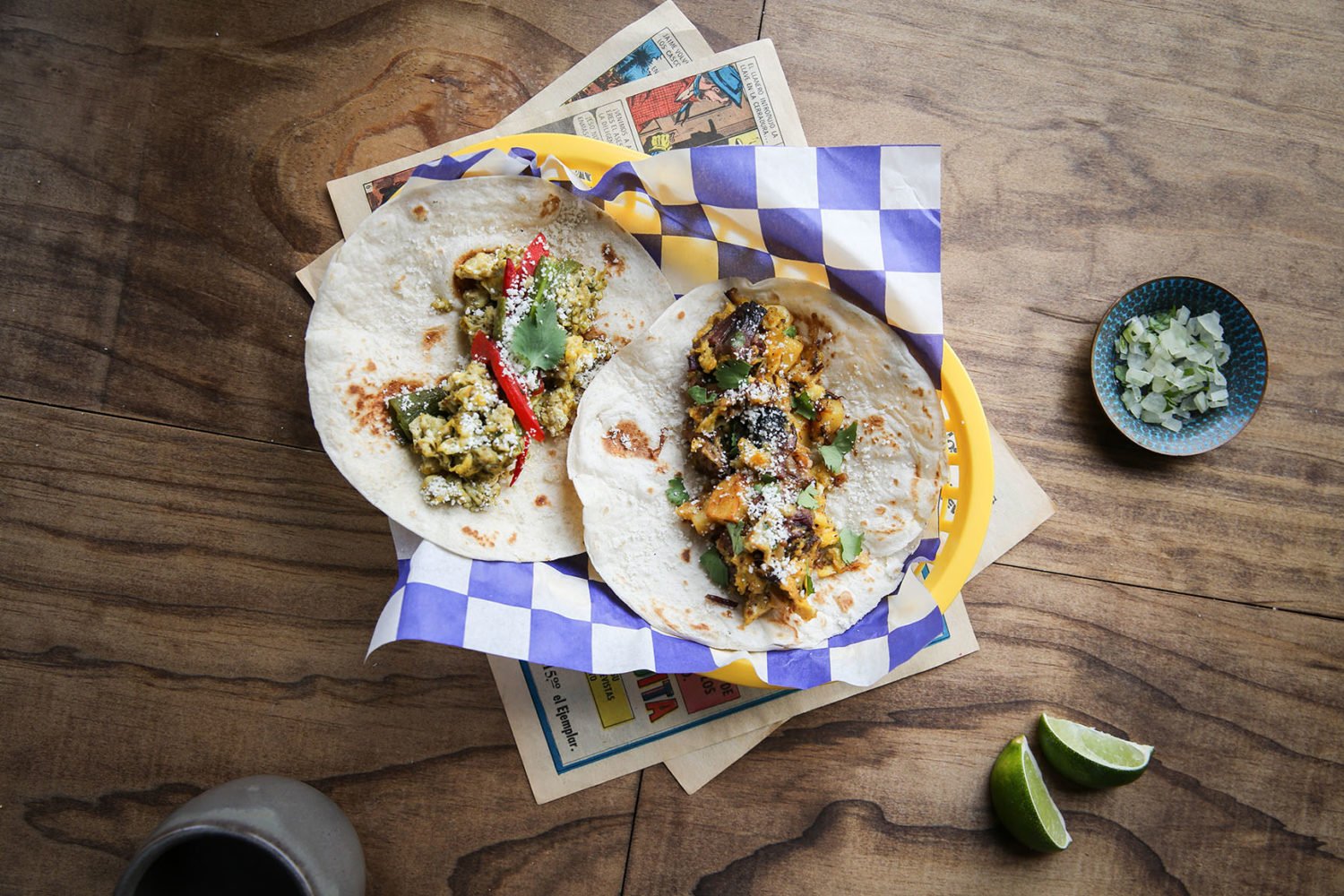Not every neighborhood has benefitted from DC’s restaurant boom over the last several years. While areas like Shaw, Petworth, and H Street Northeast have risen in prominence, it’s come at the expense of other once-great dining destinations. Most notably, Cleveland Park.
The Connecticut Avenue strip has been plagued by closures in recent years—Palena, Dino, Lavandou, Sorriso, Pulpo, Uptown Tap House. This weekend, two more will join that list: Ripple, a regular on Washingtonian’s 100 Very Best Restaurants list, will close after seven years. Its neighbor Nam-Viet will shutter after two decades.
“The old train of thought was, ‘Oh, if you have a place on Connecticut Avenue, you’re good to go, you’re golden,” says Richard Nguyen, whose family runs Nam-Viet. “Now? Not so much.”
Nguyen says he noticed business start to wane in 2014—around the peak of DC’s dining renaissance. He notes that the neighborhood has been generally resistant to multi-use complexes (like Shaw’s Atlantic Plumbing and City Market at O) that have created the population density for restaurants in other neighborhoods to thrive. Moving forward, Nguyen says something needs to change if Cleveland Park residents want to resuscitate the food scene: “Does that mean rezoning the neighborhood? Does that mean allowing more commercial development? It may have to be the case.”
When Dino owner Dean Gold closed his Italian restaurant in 2013 and then later opened Dino’s Grotto in Shaw, he told me he’d been paying about 75 percent more for rent in Cleveland Park. “You can’t make money with Cleveland Park rent and Cleveland Park density,” he said at the time.
Restaurant real estate broker John Asadoorian counters that, in general, rent is comparable to other popular parts of the city. “Rent’s not driving people out,” he says. “It’s making it harder if you’re not competitive.”
And indeed, there is a lot more competition, especially from hip, rising neighborhoods where diners flock not just for dinner, but because they can spend a whole evening between the restaurants, bars, and entertainment venues. The single block around Atlantic Plumbing, for example, holds multiple eateries, drinking spots, a new Landmark cinema (with a bar), and the 9:30 Club. As Gold said of Cleveland Park: “What’s there to do? Go see Snakes on a Plane at the Uptown?”
Plus, Cleveland Park’s population skews older and more family-centric, so while people go out, it’s mostly on weekends. Shaw, on the other hand, is bustling with millennials who don’t think twice about a fancy dinner on a school night.
The shifting energy is the reason why restaurateur Ashok Bajaj converted part of his 19-year-old Cleveland Park standby Ardeo + Bardeo to Indian restaurant Bindaas last year. The stalwart restaurant just wasn’t filling up during the week, and he needed something to re-energize it. Now, Bindaas is one of the only buzzy destination spots remaining on the strip.
“There’s too many restaurants. If you don’t want go back to the same restaurant for six months, you don’t need to go back,” Bajaj says. “It’s a good time for consumers, not so for the restaurants.”
That doesn’t mean the slew of closures is a doomsday scenario. There are still some solid neighborhood spots like Indique and Medium Rare, and Asadoorian, for one, sees the turnover optimistically as a “changing of the guard.” He says his clients are still interested in Cleveland Park—just not only Cleveland Park.
“In the past, the conversation was Cleveland Park, great, done,” Asadoorian says. “Now it’s like, ‘Great, Cleveland Park, but you know, what about over there on 9th Street near All-Purpose?'”

